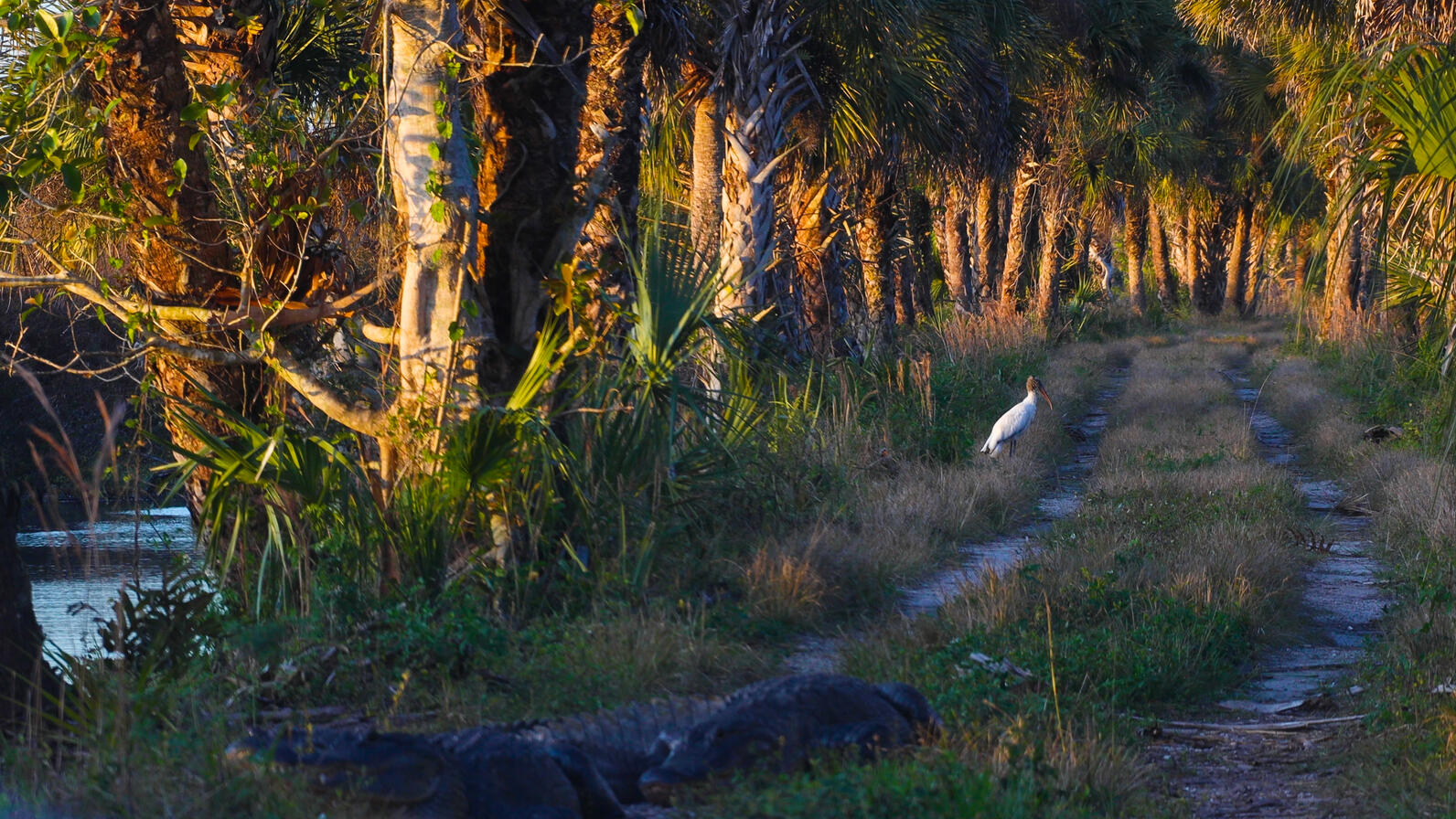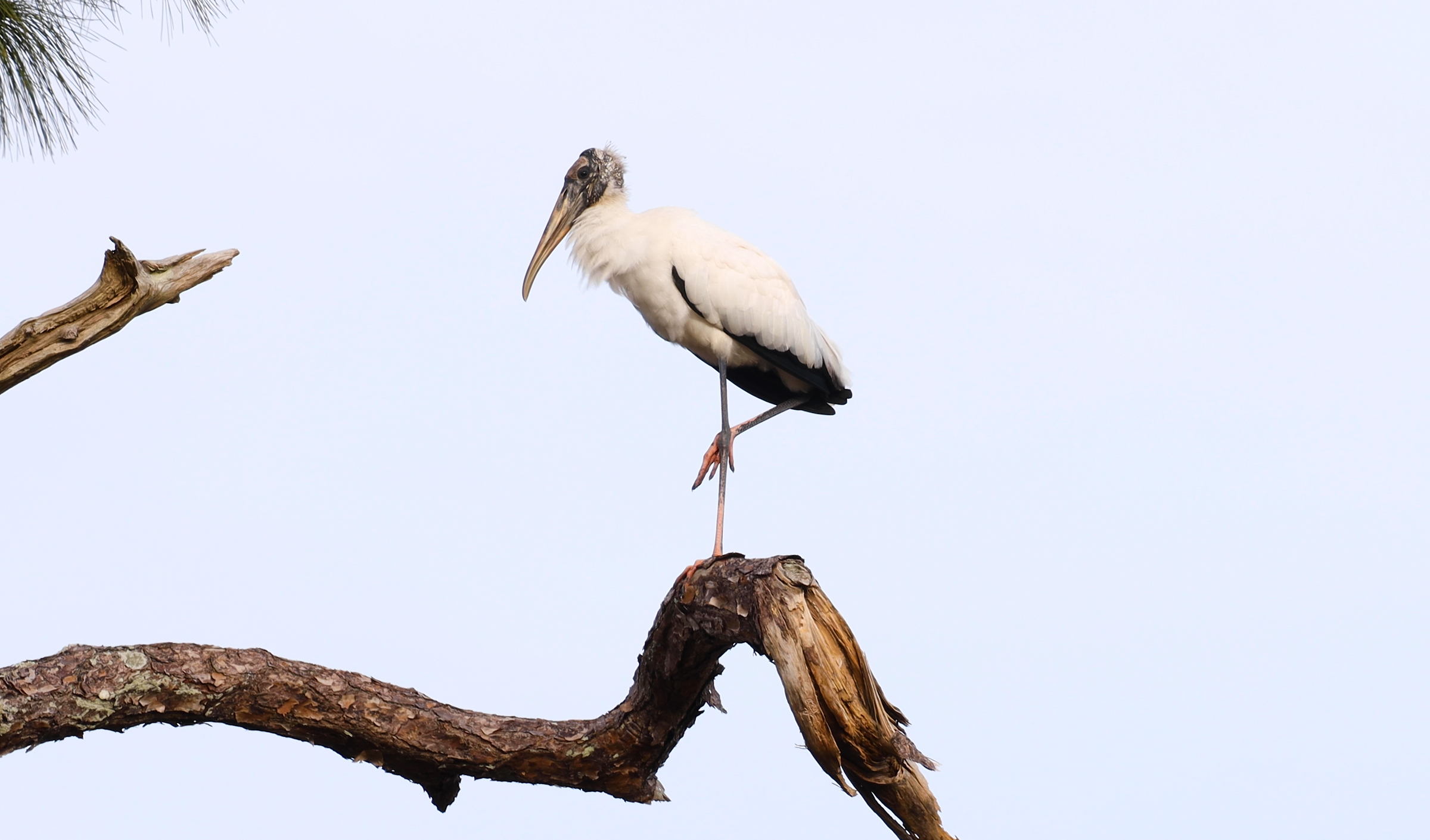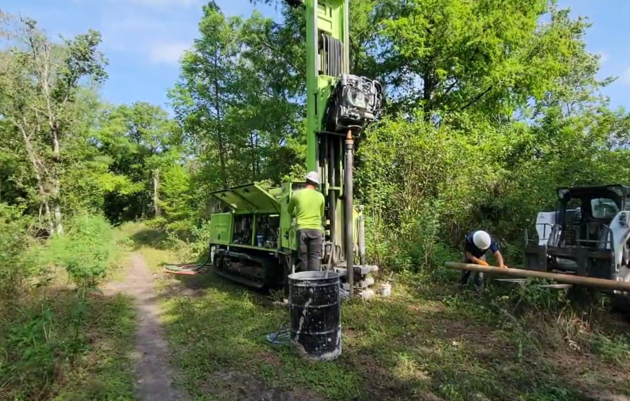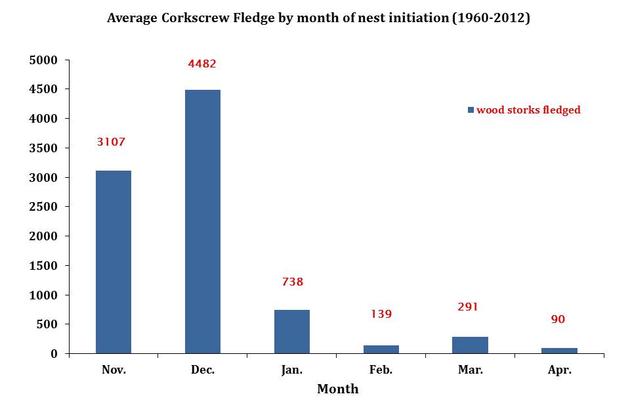Learn about Wood Storks and ways our staff is working to help improve their nesting conditions through "Flight of the Wood Stork," a brand new short film produced by National Audubon Society’s Senior Producer, Visual Storytelling, Christine Lin.
Throughout the twentieth century, Wood Storks were synonymous with Corkscrew Swamp Sanctuary, which served as the birthplace for thousands of these prehistoric-looking birds each year. However, in recent decades, Wood Storks are frequently choosing not to nest at the Sanctuary, or their nests are failing. The timing of this change coincides with a number of alterations to the landscape, particularly a widespread loss of shallow wetlands and changes in seasonal water levels due to flood control for nearby development.
The timing of the annual rise and fall of water levels is critical for Wood Storks, as it controls the availability of fish that they need to feed and fledge their fast-growing young. The loss of shallow wetlands (wetlands that are available for foraging in November and December) has caused Wood Storks to begin nesting later in the season, while the Sanctuary’s over-drainage (drier conditions in the dry season) makes it increasingly hard to find adequate food late in the dry season and makes nests vulnerable to mammal predators. Getting squeezed from both sides, Wood Storks now have a very short window of good nesting conditions at the Sanctuary.
What is the Sanctuary doing to help?
In addition to monitoring regional Wood Stork nesting activity each month during nesting season, staff and contractors completed a hydrologic modeling study to better understand the causes of the over-drying of Corkscrew Swamp Sanctuary. The model they developed illuminates the regional nature of hydrologic impacts in our watershed and provides the science needed to implement engineering solutions and guide policy efforts. In addition, the land management team is nearing the milestone of restoring 1,000 acres of marsh and wet prairie by 2023, which will improve local foraging conditions.
Getting the water right at the Sanctuary doesn’t only help Wood Storks. It helps many other species, as well as local communities. In addition to providing crucial wildlife habitat, healthy wetlands provide a natural wildfire buffer for our neighbors, allow for critical aquifer recharge, and filter surface water to help protect coastal areas from algal blooms.
What can you do to help?
Support our Marsh and Prairie Restoration.










